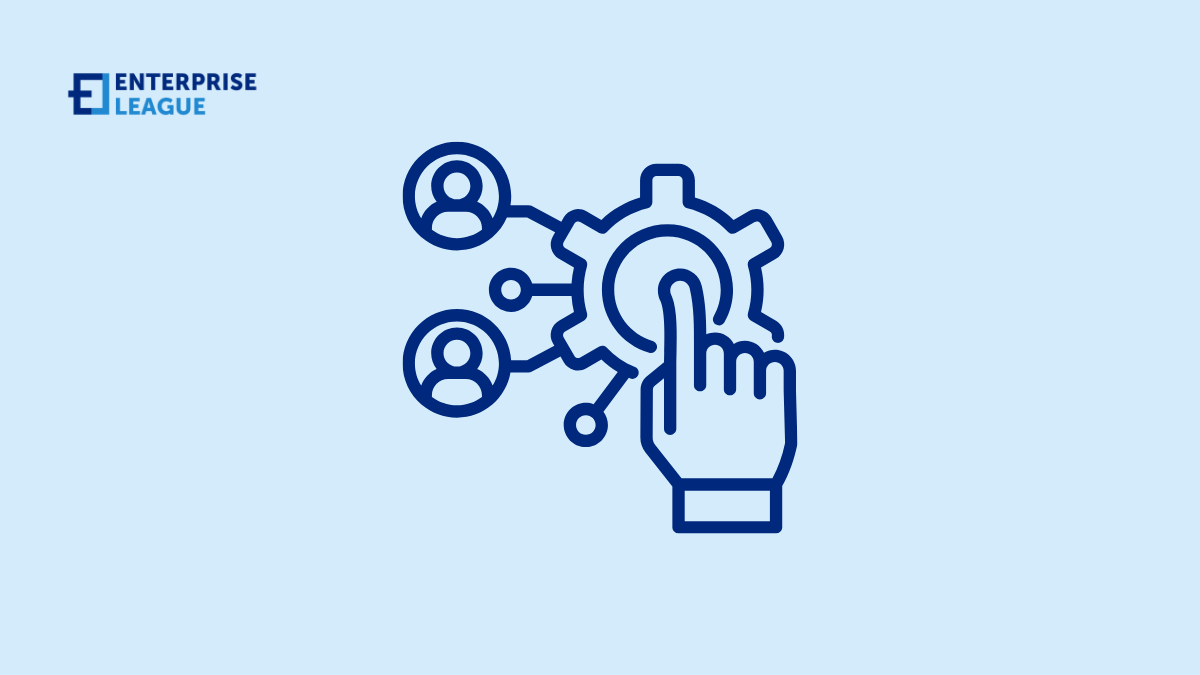The secrets of flawless project portfolio management with capacity planning tools
February 25, 2025

Project managers these days are like jugglers, trying to keep several balls in the air without dropping any. When your company runs multiple projects at once, you’re sharing the same people and resources across all of them – which gets messy fast. That’s where capacity planning tools come in handy.
Without them, figuring out who’s available when and which projects might hit resource bottlenecks turns into a huge headache. So what makes these tools so important, and how do you pick one that actually works for your situation? Let’s take a closer look at why good planning tools matter and what you should look for when choosing one for your team.
What are capacity planning tools?
Capacity planning tools are software solutions that automatically calculate the required number of resources and their capacity to staff the planned projects and allocate them to tasks in such a way as to create a smooth workflow across the project portfolio. They help not only in the planning phase but also in project execution providing real-time insights into capacity changes in the process of work.
Main features of capacity planning tools
The tools may significantly vary depending on their functionality but a modern capacity planning software solution cannot be effective without the features you can see below:
Predicting resource demand
Forecasting the number of resources required for the planned projects is crucial for their timely and successful delivery. A capacity planning tool automatically calculates the necessary capacity and provides insights into the state of things: whether there’s enough capacity or more resources are required, or a project plan should be modified based on resource availability.
Real-time overview of current resource capacity
Capacity planning software provides insights into real-time resource capacity and availability as well as resource workload. It helps mitigate resource-related risks as it automatically recalculates demand and capacity and reschedules resources accordingly if some of them get ill or take a vacation. This helps project managers and resource planners keep a smooth workflow and ensure that the projects will be delivered on time.
Scenario planning
AI-powered features like scenario analysis let project and resource managers mitigate risks, get prepare for uncertainty, and make informed project management decisions. This feature provides insights into the consequences of resource availability changes and allocation adjustments for project flow and helps choose the best management decisions possible out of many options.
Resource utilization analysis
Checking resource utilization ratings is useful for improving resource planning and scheduling in the future as it helps identify periods of resource overutilization and underutilization.
Analytics
A capacity planning solution helps analyze resource utilization and performance by visualizing them on graphs and dashboards and letting project and resource managers evaluate the efficiency of resources and the pace of project work.
Bottleneck detection and prevention
Resource capacity planning tools help identify and resolve existing resource bottlenecks and prevent new ones that may occur as a result of improper resource allocation and overload.
Benefits of using capacity planning tools
Capacity planning tools have become essential for modern project management, helping teams balance resources across multiple projects more effectively. When implemented properly, these digital solutions transform how companies handle their project portfolios and resource allocation. They provide critical insights that manual planning simply can’t match while saving significant time and preventing costly mistakes.
- They remove the guesswork from resource management by calculating ethe xact capacity needs
- Your team’s productivity increases when people work on tasks that match their skills and experience
- Projects flow more smoothly with balanced workloads that prevent bottlenecks
- Managers make more confident decisions using data-driven insights and scenario testing
- Budget overruns become less common with advanced visibility into resource requirements
Investing in the right capacity planning tool pays for itself many times over by preventing the expensive consequences of poor resource allocation and missed deadlines.
How to choose a capacity planning tool
Picking the right capacity planning tool isn’t something you want to rush. With dozens of options on the market, each promising to solve all your resource management problems, it’s easy to get overwhelmed. The wrong choice could leave you with an expensive system that nobody uses, while the right one can transform how your teams work together.
Before diving into specific features and pricing comparisons, you need a clear strategy for evaluating what will actually work for your organization’s unique needs. Let us walk you through the key factors to consider when making this important decision.
Analyze your company’s plans and goals
Think of the number of ongoing projects and available resources and the need or the desire to initiate some more projects with or without hiring additional resources. These questions are tightly related to the tool’s scalability: choose the one that can grow with your organization, otherwise, you’ll have to switch your project environment with all the data to another system in the middle of the process, which is challenging and time- and effort-consuming.
Examine and compare tools’ features
Outline essential features that you will use daily and then compare the features different solutions provide to choose the best one. Make sure the tool of your choice has the following capabilities:
- Predicting the demand coming from projects
- Overview of capacity, availability, utilization, and performance data
- Scenario planning and analysis
- Resource allocation capabilities
- Analytics and reporting
Dive into integration options
Check if the solution has integrations with other tools and if it supports integration capabilities in case you’ll need a custom integration. Even if you don’t need any integrations now, integration with human resource management systems and task management apps will be really beneficial as they help keep resource availability changes up-to-date and contribute to even more accurate resource capacity planning and allocation.
Explore the adoption process including training and support
Make sure a vendor suggests optimal training options that will help your organization adopt a new product and make the whole team feel comfortable with it. Another important aspect is technical and customer support – check if the vendor provides the options that meet your needs and requirements.
If you’re hesitating about what tool to choose, pay attention to Epicflow an AI-powered resource capacity planning and management software solution designed for project portfolio and multi-project management that has all the features described above and many other tools for effective task, time, and budget management.
Conclusion
Effective project portfolio management cannot exist without proper capacity planning. A capacity planning tool is a software solution that will help your project-based organization bridge the demand and supply, schedule your resources, allocate them across the portfolio efficiently, boost their productivity, and deliver your projects on time without extra expenditures. When looking for a capacity planning tool for your organization, pay attention to its features, usability, and integration options as well as training and support, to ensure its smooth and comfortable adoption into your company.
More must-read stories from Enterprise League:
- Proven and tested psychological tactics for successful marketing.
- Getting your product in stores doesn’t have to be complicated.
- Find out how to turn your hobby into a business.
- Warning signs of a terrible boss that everyone must be aware of.
- Golden rules about Google advertising for small businesses.
Related Articles
Workers’ Compensation Costs for Factory and Warehouse Forklift Accidents
Forklifts play a central role in day-to-day operations across factories and warehouses, but they also create a significant risk of injury. When a forklift overturns, strikes a pedestrian, or drops a load, the financial impact reaches far beyond the immediate medical...
Delayed Construction Injury Reports: Impact on Workers’ Comp
Construction work carries unavoidable risks, which is why workers' compensation exists to protect employees after an injury. But one factor can alter the entire outcome of a claim: delayed reporting. In the construction industry, where injuries often occur in...
Sponsoring Employees for Green Cards: Small Business Considerations
For many small businesses, sponsoring a foreign employee for a green card can be a strategic investment. As industries grow more competitive, retaining skilled workers becomes increasingly important. Green card sponsorship offers long-term stability for both employer...
Workers’ Compensation Costs for Factory and Warehouse Forklift Accidents
Forklifts play a central role in day-to-day operations across factories and warehouses, but they also create a significant risk of injury. When a forklift overturns, strikes a pedestrian, or drops a load, the financial impact reaches far beyond the immediate medical...
Delayed Construction Injury Reports: Impact on Workers’ Comp
Construction work carries unavoidable risks, which is why workers' compensation exists to protect employees after an injury. But one factor can alter the entire outcome of a claim: delayed reporting. In the construction industry, where injuries often occur in...





